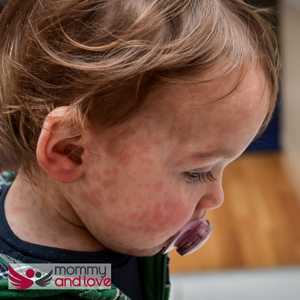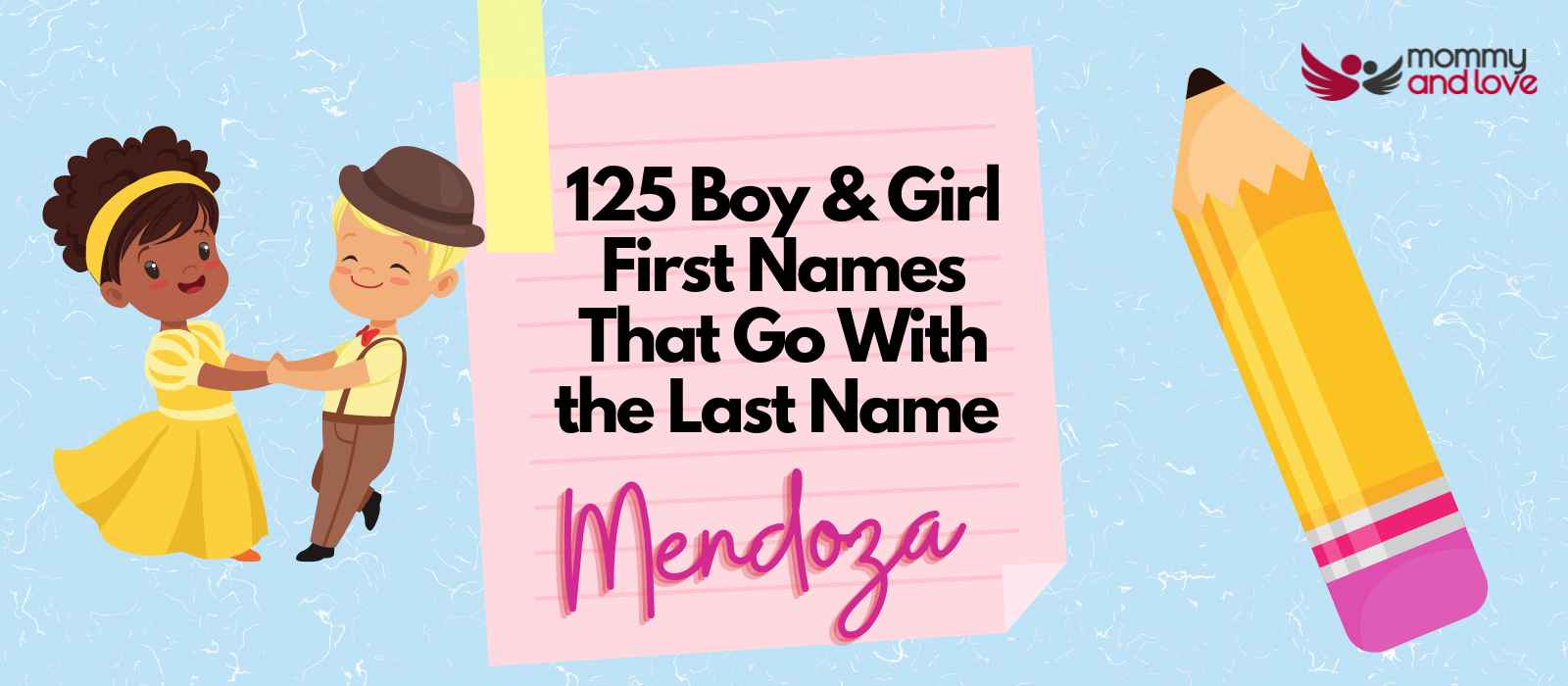If you’re a parent, then you’ve probably dealt with heat rash before. It’s a common problem for babies and toddlers and can be quite uncomfortable for them. Diaper cream is often recommended as a treatment for heat rash, but can it actually help?
Diaper rash creams can probably alleviate some symptoms associated with heat rashes such as redness and discomfort. However, over-the-counter medications such as a hydrocortisone cream are more effective in treating heat rash than diaper rash creams.
What Causes Heat Rash?

Heat rash, also called prickly heat, is one of the most common skin conditions that cause minor annoyance.
However, for some people, heat rash can be a serious condition that requires medical treatment.
There are several things that can cause heat rash or prickly heat. Heat rash is caused by blocked sweat glands and this can happen due to exposure to high temperatures which can make a baby sweat even more than usual. This can happen when your baby is spending most of her time in a room during hot weather conditions and humid climates.
Newborns are more susceptible to heat rash than older children. Their sweat glands are not fully developed and can
Another common cause of heat rash is exposure to chemicals or other irritants. This can happen when you are working with cleaning products, paint fumes, or other harsh chemicals.
How Is Heat Rash Diagnosed?

There are a few key things to look for when trying to determine baby heat rash. First, look for small, clear, blister-like bumps on the skin. Your baby might develop small bumps that are not painful or itchy. However, if they are scratched, the lesions can break open and become irritated.
Another thing to look for is red, inflamed skin. This means that the sweat glands are completely blocked and is often a sign that the rash is getting worse and may be causing your baby discomfort.
The rashes usually appear in the neck but can also appear in the buttocks and skin folds. It is different than cradle cap which happens on a baby’s head and forehead.
Is Diaper Rash the Same as Heat Rash?
Some people consider diaper rash the same as heat rash. While they may exhibit similar rash symptoms, heat rash affects areas of the body other than the diaper area. These areas of the body are often hot and can’t breathe.
Additionally, the treatments for heat rash and diaper rash are different. Treating the two conditions differently will ensure that your child gets the best possible care.
Moreover, heat rash typically goes away on its own within a few days, but diaper rash can sometimes require more aggressive treatment.
How To Treat Heat Rash in Babies?

So, how is heat rash treated? There are several things you can do to treat mild heat rash or prickly heat in your baby’s sensitive skin.
First, keep your child’s diaper area cool and dry. You can do this by dressing them in light, loose-fitting clothing that wicks moisture and keep them out of the sun. Avoid too many layers of clothing.
Second, you can apply cool compresses or a wet washcloth to the affected area. A cool compress will help soothe the irritated skin and reduce irritation. Give your child cool baths in cool water and mild soap.
Third, you can use a mild, unscented baby powder to help absorb moisture and keep the rash area dry.
Finally, if the baby heat rash is severe or does not improve with home treatment, you should consult your child’s healthcare provider or doctor. They may prescribe a topical steroid cream to help relieve the symptoms.
Heat rash is a common skin condition that usually goes away on its own. However, there are things you can do to help ease your baby’s symptoms of heat rash and speed up the healing process. By following the above tips, you can help your little one feel better and get back to their usual self in no time.
When to Call a Doctor
Call your doctor if any of your child’s symptoms don’t go away a few days after the ones of the heat rash and if you notice any of the following:
- The rash hasn’t healed within 7 days after starting treatment.
- Other symptoms such as swollen lymph nodes, body aches, sore throat, and infection fever.
- Repeated temperature of 104°F (40°C) or higher.
Are There Over-The-Counter Medications for Heat Rash?

Heat rash is a common skin condition that can occur when the weather is hot and humid. It usually goes away on its own, but you can apply over-the-counter medications such as child OTC antihistamine medicine that can help relieve the itchiness and discomfort.
Antihistamines can help relieve itching, while calamine lotion can help soothe the skin. If the rash is severe, you may need to see a doctor or healthcare provider for prescription medication.
How To Prevent Heat Rash or Prickly Heat from Baby’s Skin?
So, how is heat rash prevented? There are several things you can do to prevent your baby from getting a heat rash.
- Keep your baby’s skin air dry and cool.
- If you are breastfeeding, try to keep yourself well hydrated so that your breastmilk will also be cooler. You can also dress your baby in loose clothing.
- During summertime or humid weather, let your baby stay in a room with a fan or air conditioning. An air-conditioned environment can help minimize heat.
- Give your baby cold compresses or a cool bath. You can use baking soda instead of soap.
- Avoid too much sun exposure.
- If you have an older child, don’t let her do any intense exercise or physical activity when the weather is hot.
- Avoid using lotions or oils such as mineral oil on your baby’s skin, as these can trap the heat on the skin and make the rash worse.
- Take your child’s temperature. Don’t use a rectal thermometer to take rectal temperature if your child has a rash on the buttocks. Ear temperatures aren’t accurate at least before 6 months. Never use a mercury thermometer.
With proper skin care, heat rashes usually go away on their own within a few days.
Conclusion
Although a diaper rash ointment may help to alleviate some of the symptoms associated with heat rashes, they are not as effective in treating the condition as over-the-counter medications such as hydrocortisone cream and follow the product maker’s directions. If your baby’s rash is getting worse, consult your healthcare provider for professional medical advice.

This article was written by: Gian MIller – Full-Time Writer, Baby Whisperer & Dad of 3.
Gian spends a lot of his time writing. A self-proclaimed baby whisperer, Gian has been through it all with his own children and is passionate about sharing his hard-won wisdom with other parents. When he’s not writing or changing diapers, you can find him playing the guitar or watching baseball (or preferably both at the same time).




